Recently, ecologists at Mt Gibson Wildlife Sanctuary in Australia were conducting a routine survey when they noticed something amazing. A group of female western quolls appeared to have something wriggling in their pouches. The ecologists were thrilled — the sanctuary’s very first baby western quolls had arrived.
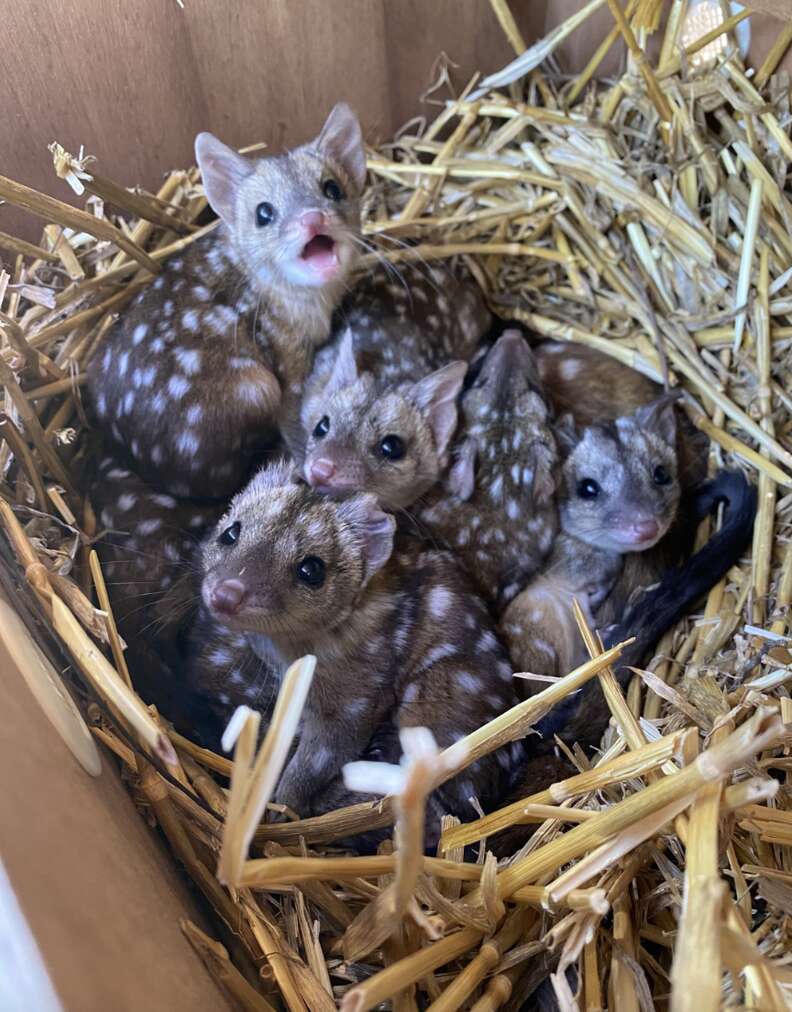
Western quolls are marsupial mammals who grow to be about the size of a domestic cat. These fuzzy animals play a key role in controlling populations of small invertebrates, including certain reptiles and birds. According to the Australian Wildlife Conservancy (AWC), western quolls used to be present in many habitats across a vast portion of the Australian mainland. But these days, their numbers are dwindling.
“Following European settlement, their range contracted dramatically,” AWC wrote in a press release. “Apart from reintroductions, they are now found only in the south-western corner of [Western Australia], and even within this region, their distribution is patchy.”


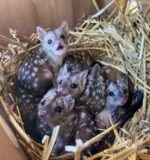
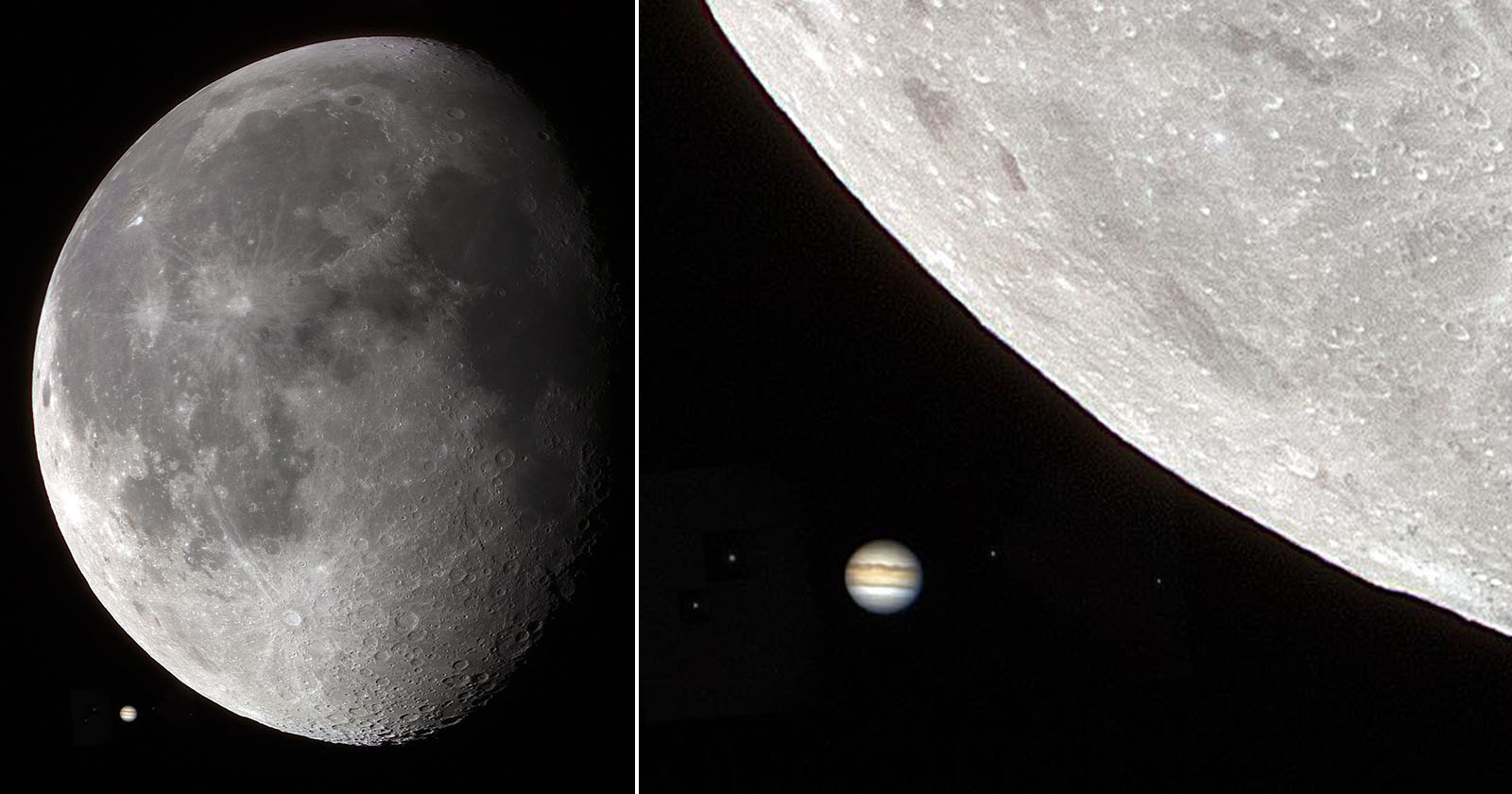
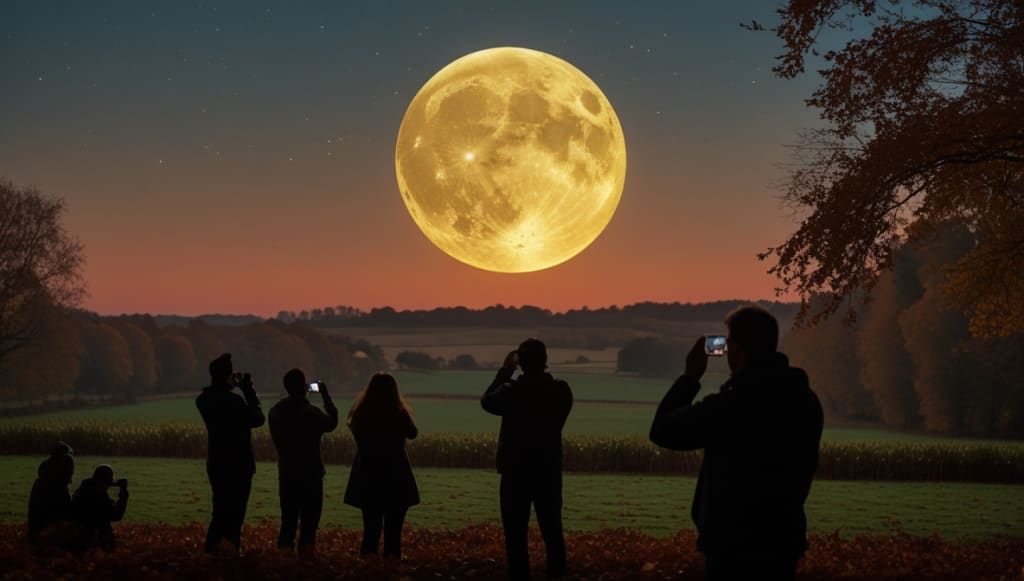
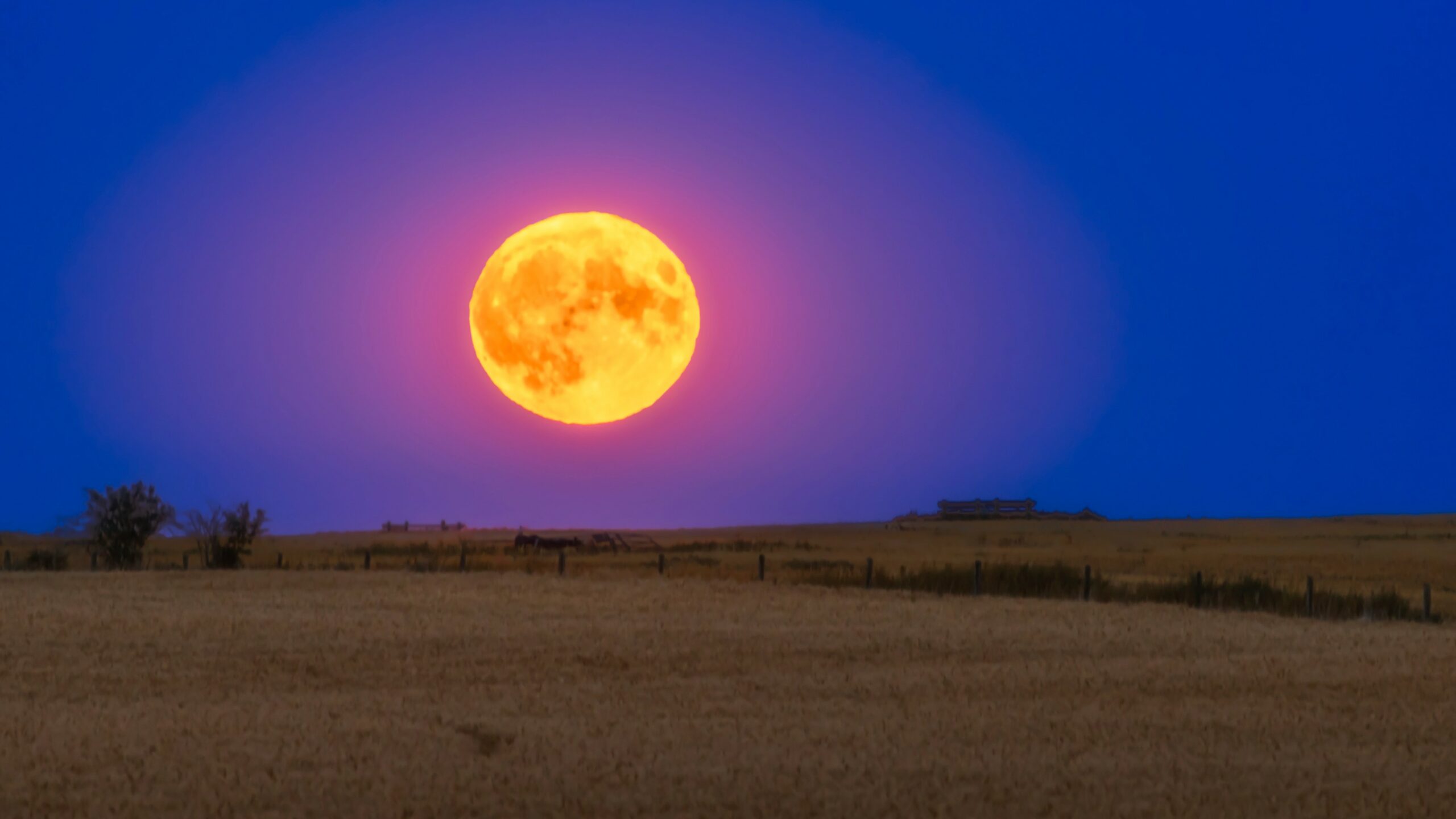
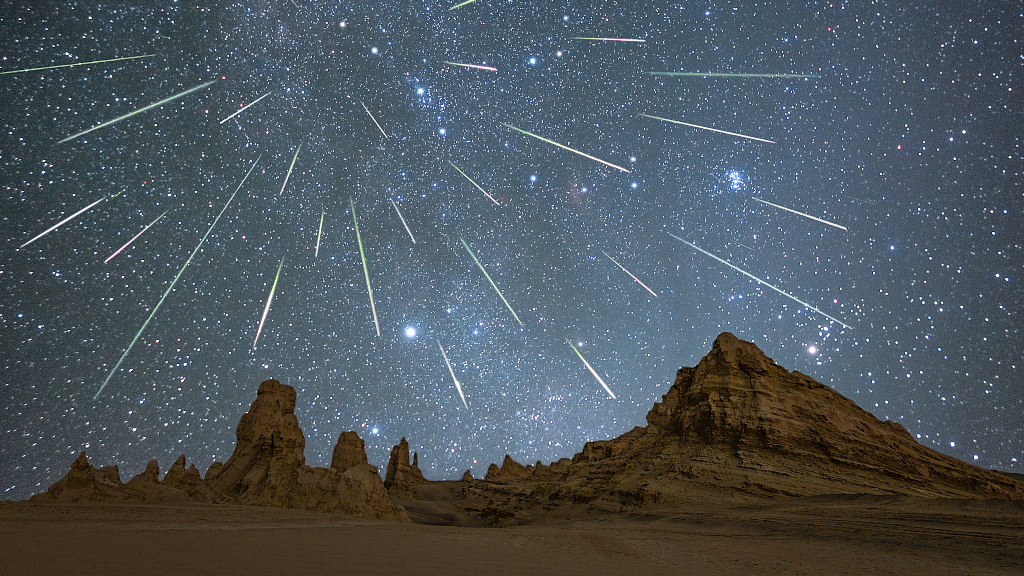
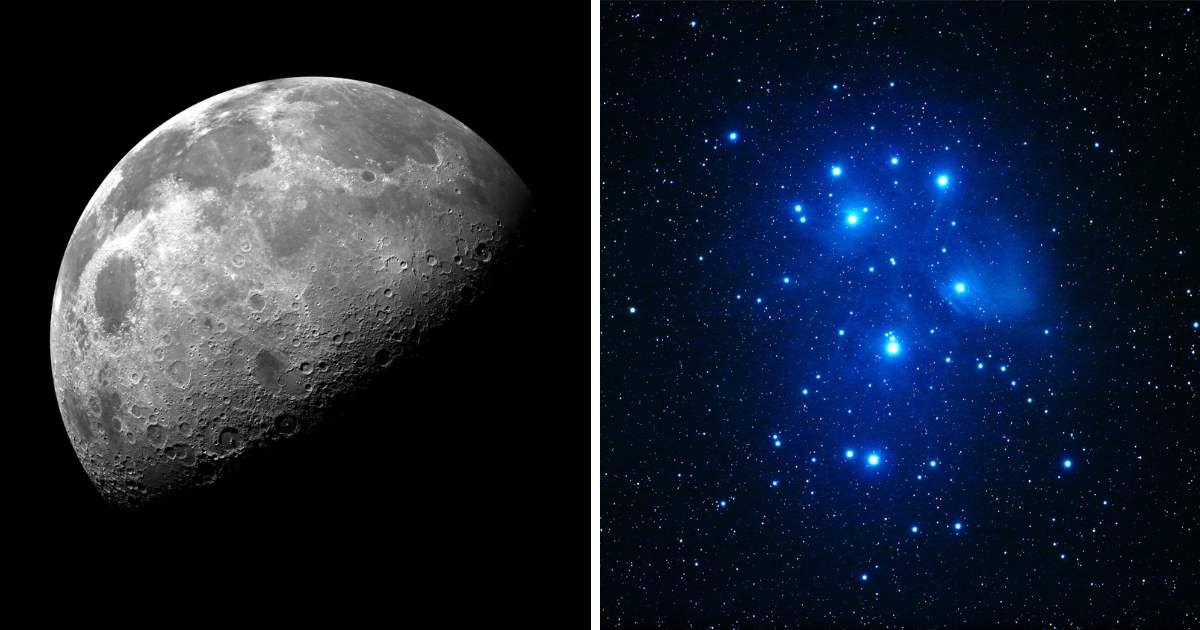
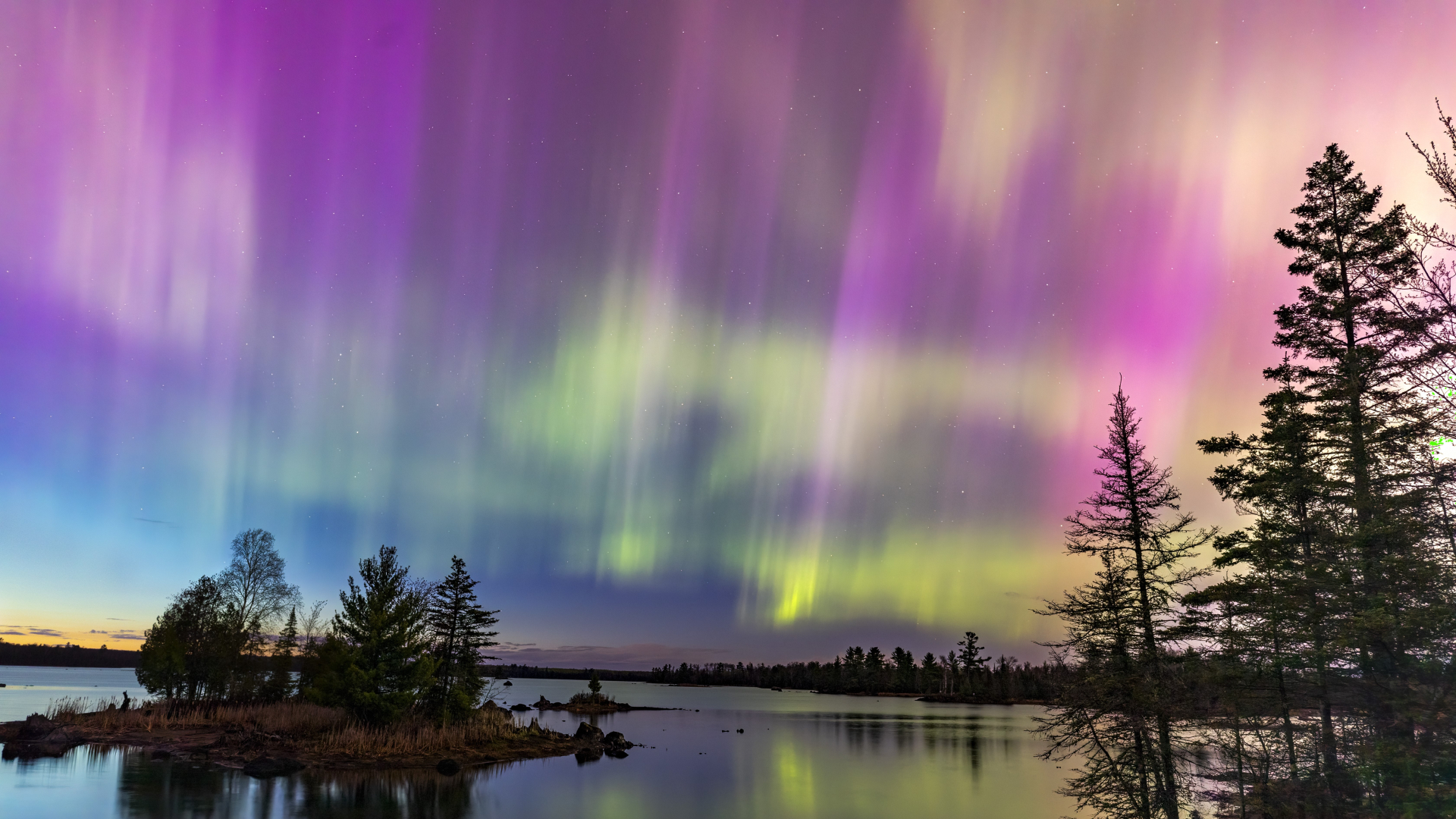
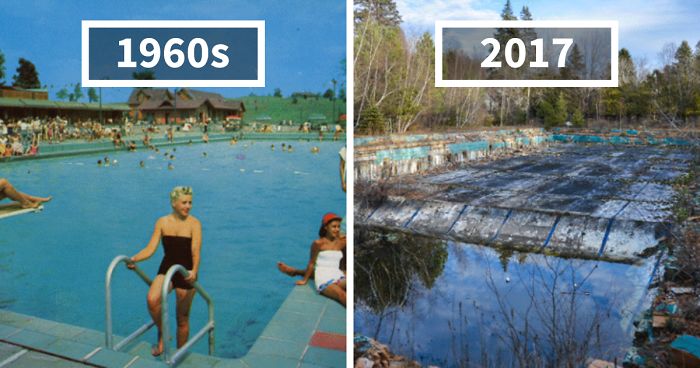 Photographer Finds Locations Of 1960s Postcards To See How They Look Today, And The Difference Is Unbelievable
Photographer Finds Locations Of 1960s Postcards To See How They Look Today, And The Difference Is Unbelievable  Hij zet 3 IKEA kastjes tegen elkaar aan en maakt dit voor zijn vrouw…Wat een gaaf resultaat!!
Hij zet 3 IKEA kastjes tegen elkaar aan en maakt dit voor zijn vrouw…Wat een gaaf resultaat!! 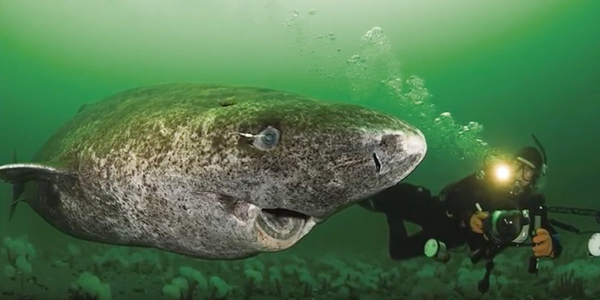 Scientists Discover 512-Year-Old Shark, Which Would Be The Oldest Living Vertebrate On The Planet
Scientists Discover 512-Year-Old Shark, Which Would Be The Oldest Living Vertebrate On The Planet 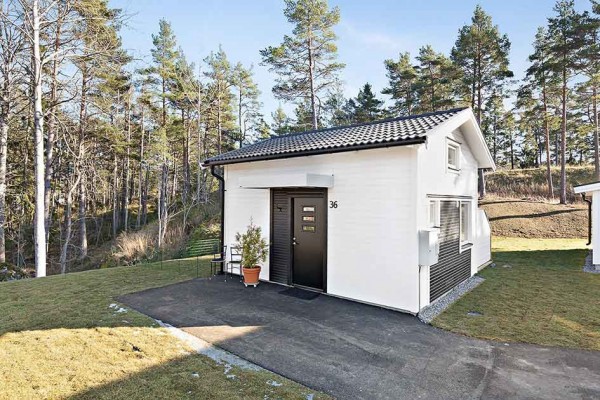 Hus til salg er kun 22 kvadratmeter – men vent til du ser det indvendigt
Hus til salg er kun 22 kvadratmeter – men vent til du ser det indvendigt  Superknepet – så blir snuskiga ugnsformen som ny igen!
Superknepet – så blir snuskiga ugnsformen som ny igen! 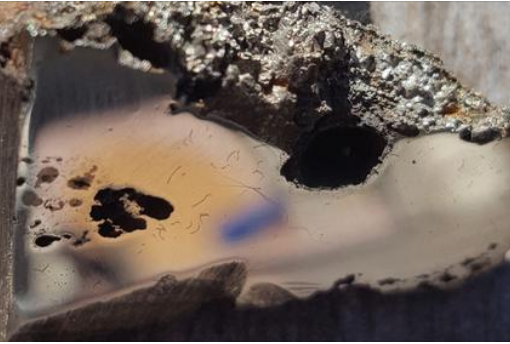 Meteorite That Recently Fell in Somalia Turns Out to Contain Two Minerals Never Before Seen on Earth
Meteorite That Recently Fell in Somalia Turns Out to Contain Two Minerals Never Before Seen on Earth 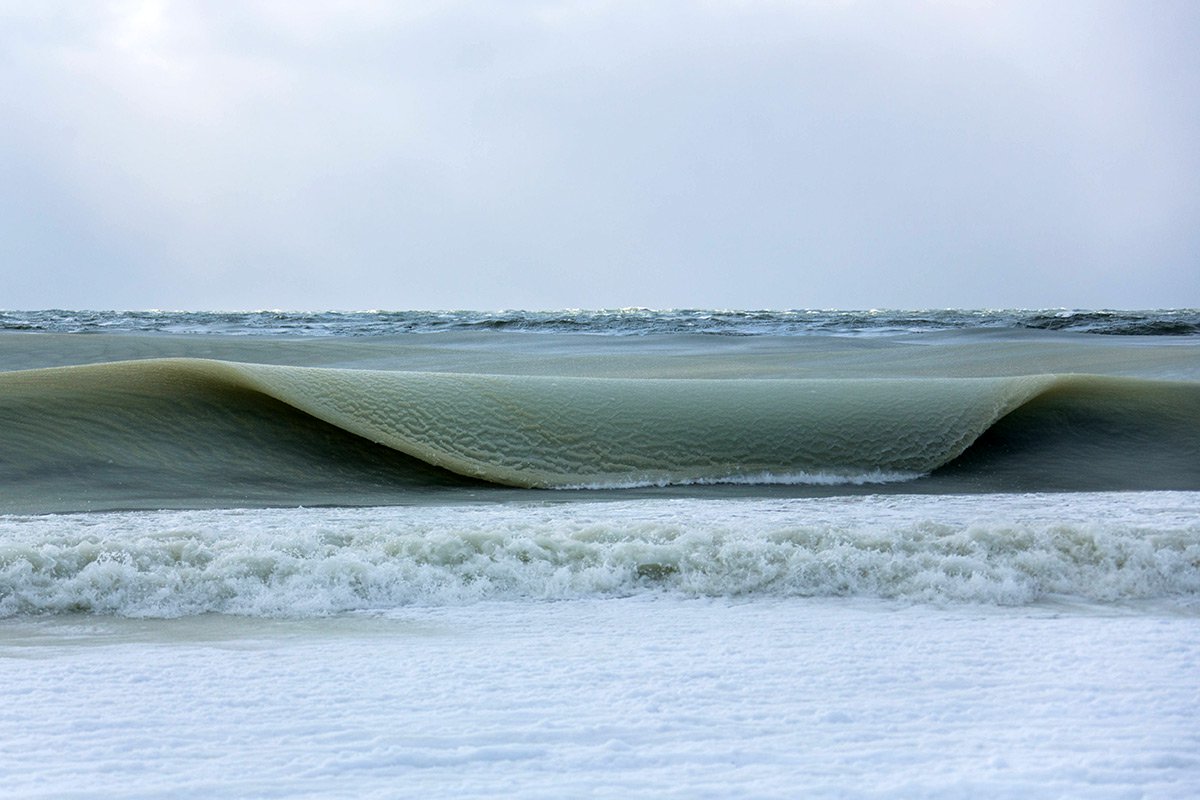 Nearly Frozen Waves Captured On Camera By Nantucket Photographer
Nearly Frozen Waves Captured On Camera By Nantucket Photographer 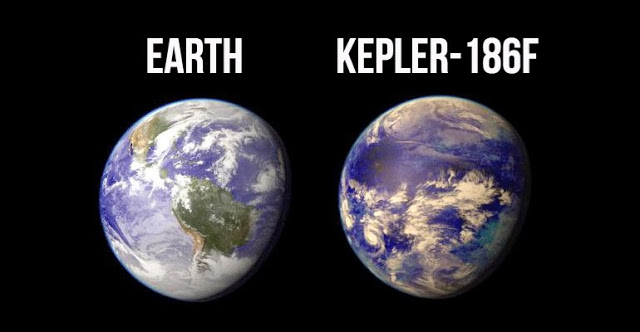 It’s Official: Astronomers Have Discovered another Earth
It’s Official: Astronomers Have Discovered another Earth 